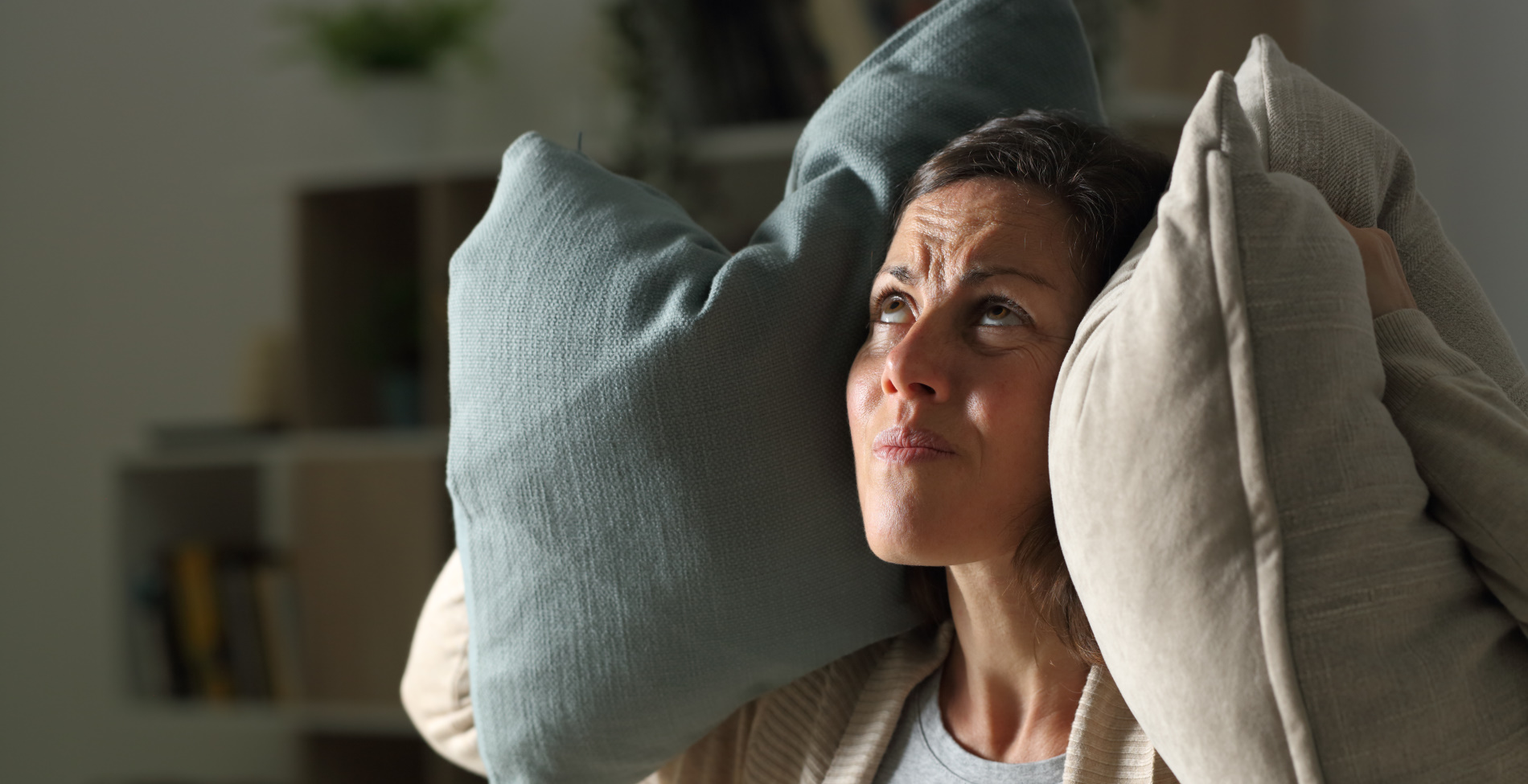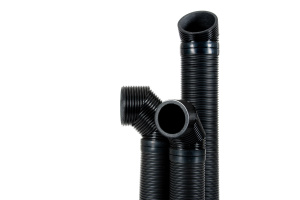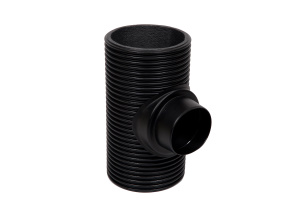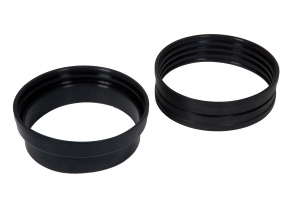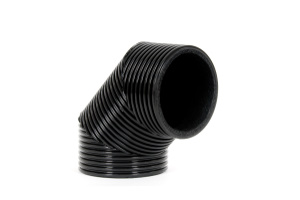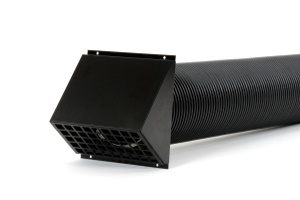It often happens that residents are troubled by the noise that their HRV ventilation system produces. Despite the fact that the system complies with the building regulations, the residents experience noise pollution. Fortunately, this can be prevented by taking into account all the factors that influence the installation. The following applies here: proper installation prevents expensive interventions afterwards! In this article, we provide 10 concrete tips!
The fans of HRV / WTW units produce noise and vibration, which is spread as impact sound through the channels throughout the house. Heat recovery systems must comply with the applicable rules in the national building regulations. In the Netherlands this means that in one living space all systems together may produce a maximum of 30 or 35dB. In a living room or bedroom, the low buzzing/grinding background noise can be experienced as quite disturbing. The residents often switch the HRV unit to a lower setting, so that they experience less noise pollution. However, this means that the air in the living area is not refreshed enough, which can lead to the formation of mould and condensation.
10 tips to prevent noise from HRV systems
1. Choice of the HRV unit
Every HRV unit produces noise (the so-called ‘cabinet noise’). However, one unit is not the other in this respect. Type of fan(s) and material of the housing (metal or plastic) influence the cabinet noise performance. When selecting a brand and type, consider not only capacity (flow), operation and control options, but also the cabinet noise reduction figures. Pay attention to the appearance of the box (dB) at full capacity. The latest models of HRV units are usually whisper quiet.
2. Optimal dimensioning of the ducts
Air ducts spread less noise when the air speed in the duct is as low as possible. After all, a higher speed means more noise and more vibration. If the fan needs to work harder, more noise is produced. Therefore, the larger the diameter of the ventilation ducts, the lower the air velocity.
Optimal dimensioning takes into account the duct diameter, the capacity of the unit, and the content of the house (air demand). But also the available space: a larger diameter duct takes up more space. TQ-Air air ventilation ducts are available for all HRV units. With diameters from 125 to 200 mm, an optimal sizing plan can always be made.
3. Clever design of ventilation ducts
Right-angled bends and transitions from wide to narrow ensure more air resistance and therefore increase the chance of noise nuisance. Avoid making too many bends by using a smart layout plan.
4. Choose well insulated ventilation ducts
The noise that the fans produce is carried by the ventilation ducts and spread further through the house. Well-insulated ventilation ducts on the supply and return side insulate thermally, but certainly acoustically as well. This effectively dampens the cabinet radiation. The insulation on the inside of TQ-air ventilation ducts is vapour diffusion tight. Partly because of this, the sound noise reduction is 20dB (system 160/125) or 14dB (system 200/170). (According to DIN-EN-ISO 5135:1999).
5. Airtight connections
Any leakage in the ventilation duct can result in the escape of air, but also of sound. The critical parts of a ventilation duct for leakage are the connections. Due to differences in heat and cold between the air in the duct and that of the surrounding space, there is slack on the connections. So: choose flexible connections that continue to close well, even when the ducts move.
Thermaflex’ TQ-Air connections are made of rubber, which makes them easy to install and prevents the ventilation duct from leaking.
6. Location of the HRV unit: circulation noise
A hanging HRV unit should be attached to a strong, stony wall. It is also important not to place the unit too close to the living spaces, and in any case always closed by a door. (Never via an open staircase). If the equipment room is close to a bedroom, it is important that the dividing wall is properly constructed.
7. Place silencers
By installing silencers directly on the supply and return of the HRV unit, the sound of the unit is partly absorbed. Acoustic sound absorbers reduce the noise level to the living rooms and bedrooms to the desired level.
8. Check the filters
Clogged or dirty filters of the HRV unit do not only create an unhealthy living environment, but also a reduced airflow. This means that the HRV unit has to work harder to produce the required air flow. Regularly replacing the filters prevents unnecessary extra noise production.
9. Correct adjustment of the installation
Before the ventilation system can be taken into use, it must be properly adjusted. This is often under pressure due to time constraints in the building industry. An incorrectly adjusted system does not work optimally and increases the risk of noise nuisance.
10. Vibration-free joints
Avoid using hard connections when assembling the components, this can lead to extra tension in the duct system, which in combination with the air flow can result in vibrations (produces noise). TQ-Air rubber connections absorb these vibrations.
For a healthy and comfortable living environment in your home, choose the right HRV unit, combined with TQ-Air insulated ventilation ducts. Let your installer advise you on the best HRV brand, in combination with TQ-Air ventilation ducts.
Feel free to contact our HRV expert for questions about HRV and ventilation ducts!
TQ-Air ventilation components
With TQ-Air HRV you install a pre-insulated ventilation pipe system. It combines thermal and acoustic insulation in one prefabricated solution. The product consists of polyolefin insulation foam with a vapour tight cell structure in a mechanically strong and impact resistant PE outer casing.

Hans Leunessen
Business Development Manager
Ask our TQ-Air expert
More news articles
Why Thermaflex?
We develop and supply high-quality technical solutions for insulation, protection, shock resistance and soundproofing.

